Metal detecting is a fun outdoor activity that is rewarding in more ways than one; with fresh air, exercise and best of all valuable finds. Metal detecting can be either a hobby or a profession, and can range from coin, treasure and relic hunting to professional gold prospecting.
Coin, treasure and relic hunting
Coin, treasure and relic hunting involves searching for old coins, lost or buried treasure and relics from wars or ancient civilisations as well as recovering new coins and jewellery lost in public spaces like beaches and parks. Coin, treasure and relic hunting can be very rewarding as some finds can be worth thousands of dollars. Because coin, treasure and relic hunting grounds are often places like parks, farming land and beaches they therefore tend to be littered with buried trash such as bottle tops, ring pulls and nails. Metal detectors can see all of these targets, but digging up trash is time consuming and unrewarding. To solve this Minelab has a range of metal detectors with the ability to ‘discriminate’ whether a target is likely to be treasure or trash. The discrimination feature on Minelab detectors measure two target properties, ferrous properties and conductive properties. Ferrous properties refer to how much iron is in a target and therefore how strongly it’s attracted to a magnet. Ferrous targets tend to be trash, so they can be discriminated/masked out based on their ferrous properties alone by the detector. Conductive properties refer to how well a target conducts electrical current and therefore responds to a metal detector’s magnetic field. Trash like nails and foil have different conductive properties than valuable targets like coins and rings. In this case the metal detector can make a judgement as to whether the target is trash based on conductivity.
Minelab’s superior discriminating coin treasure and relic detectors are:
- E-TRAC – Technology: FBS, SmartfindTM
- Safari – Technology: FBS
- Explorer SE Pro – Technology: FBS, SmartfindTM
- Excalibur II – Technology: BBS
- X-TERRA 305/505/705 – Technology: VFLEX
- Sovereign GT – Technology: BBS
Gold prospecting
Gold prospecting involves searching for new gold (i.e. gold that hasn’t yet been recovered from the ground). Gold prospecting is generally done in known gold fields and like coin, treasure and relic hunting can be very rewarding. With the price of gold currently over US$1,700 per ounce, finds can quickly add up to a handsome sum. Goldfields typically occur in areas where there are high levels of ground mineralisation. Ground mineralisation refers to how magnetic the ground is. This doesn’t mean that mineralised ground produces a magnetic field, but it does mean that particles or grains in the soil will be attracted to a magnet. Metal detectors see mineralised ground as one huge target, which makes detecting buried targets in mineralised ground difficult. To solve this Minelab has a range of gold prospecting metal detectors that have superior ground balancing technology to counter act ground mineralisation.
Minelab’s superior ground balancing gold detectors:
- GPX 5000 – Technology: MPS, DVT, SETA
- GPX 4800 – Technology: MPS, DVT, SETA
- GPX-4500 – Technology: MPS, DVT, SETA
- Eureka Gold – Technology: VLF
- X-TERRA 705 Gold pack – Technology: VFLEX
- Sovereign GT – Technology: BBS
Dual purpose detector
Dual purpose detectors have both ground balancing abilities (compensation for ground mineralisation) and discrimination abilities (treasure from trash). Minelab’s superior dual purpose detectors:- X-TERRA 705 – Technology: VFLEX
- Sovereign GT – Technology: BBS
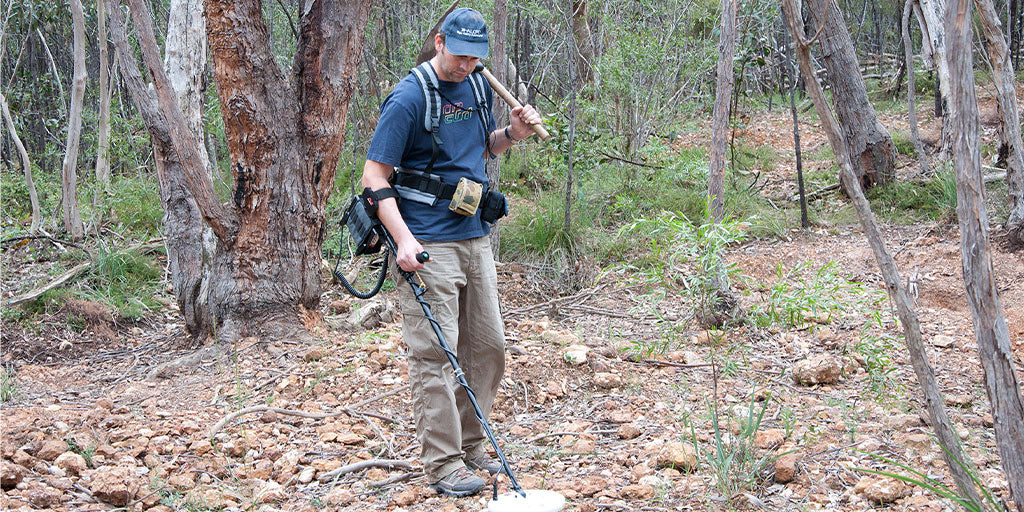
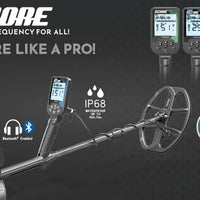
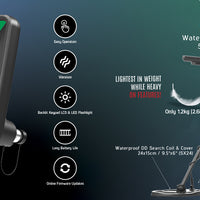

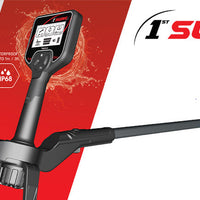

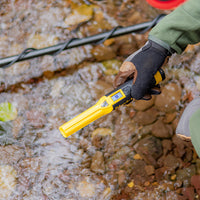
0 comments